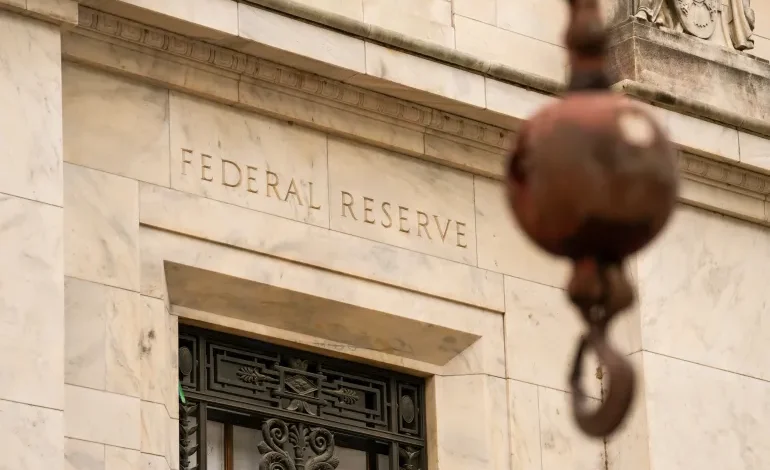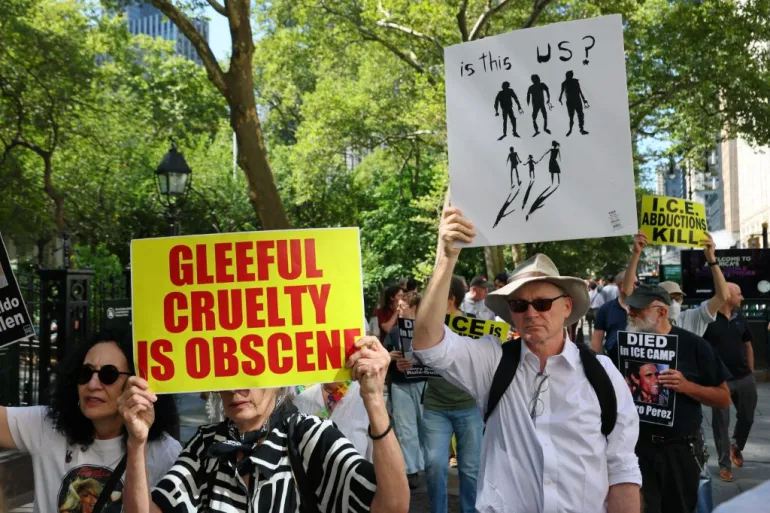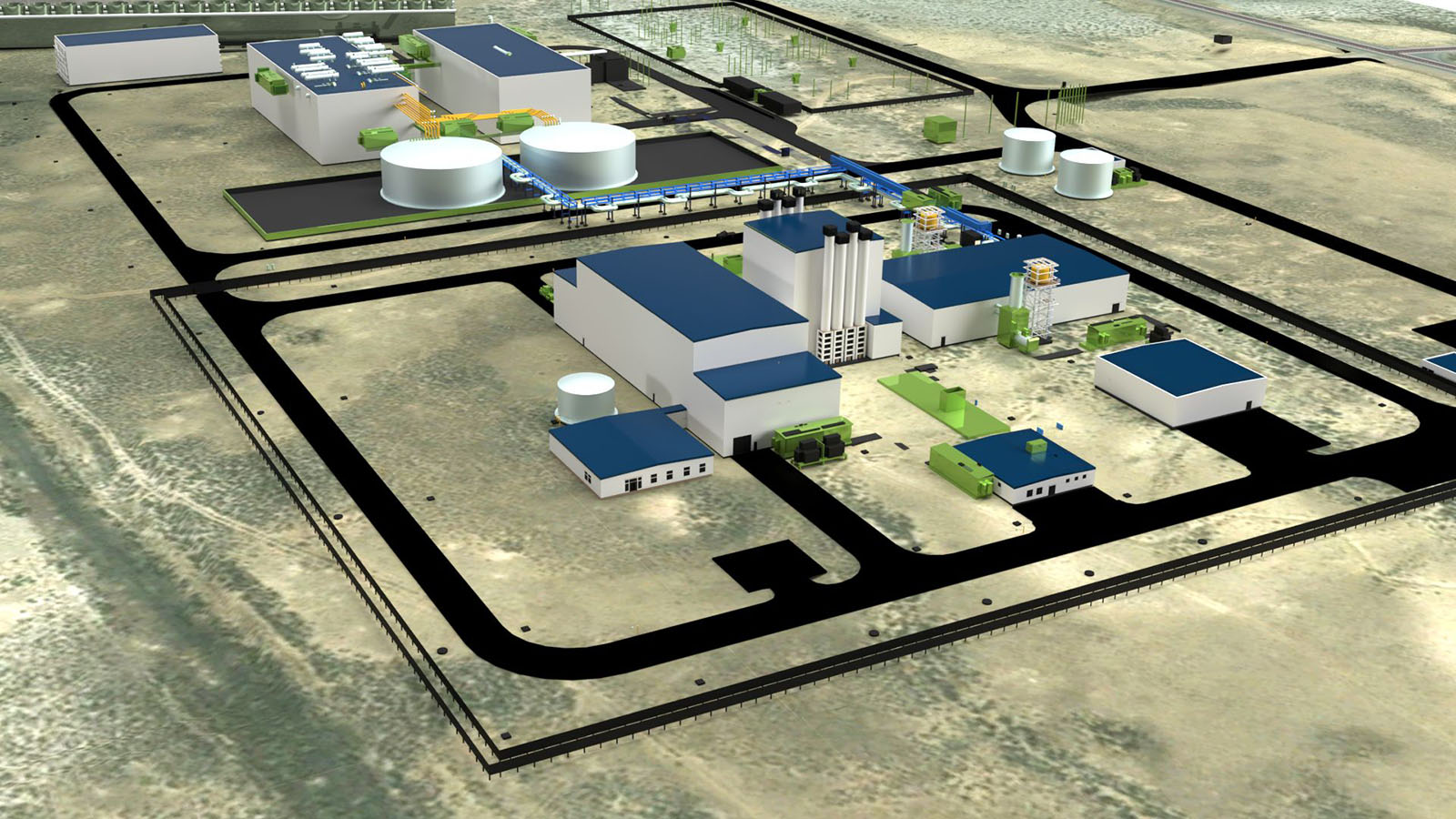Fed Cuts Rates Again as Economy Cools, But Powell Keeps Door Open on Future Moves

The Federal Reserve trimmed its benchmark interest rate by 25 basis points on Wednesday, bringing it to a range of 3.75–4.00 percent, its second cut this year, in an effort to steady an economy showing early signs of fatigue.
“Job gains have slowed this year, and the unemployment rate has edged up but remained low,” the Fed said, adding that inflation “remains somewhat elevated” and uncertainty about the outlook “remains elevated.”
The move was widely expected, futures markets had priced in a near 98 percent chance of a rate cut, but investors were watching closely for hints about what comes next. Economists at Goldman Sachs, Citigroup, and HSBC predict one more cut before year’s end.
“The Fed has a challenging line to walk: lower interest rates to support labour markets and growth, or raise them to tamp down inflation,” said Michael Klein, professor of international economic affairs at Tufts University. “For now, they are taking a cautious approach tilted a bit towards growth concerns.”
Chair Jerome Powell, however, avoided committing to another cut.
“We haven’t made a decision about December,” he told reporters. “We remain well-positioned to respond in a timely way to potential economic developments.”
The rate cut comes as the government shutdown stretches into its 29th day, limiting access to crucial economic data. With the Department of Labor unable to release the September jobs report, Powell said the Fed will have to rely on private indicators to gauge the economy’s direction.
“We are not going to be able to have the detailed feel of things,” Powell acknowledged. “But if there were a significant or material change in the economy one way or another, I think we would pick that up.”
So far, private data points to cooling momentum. Consumer confidence hit a six-month low this week, according to The Conference Board, as job cuts mount and lower-income households grow more pessimistic about their prospects.
Paramount laid off 2,000 employees Wednesday, following 14,000 job cuts at Amazon and nearly 2,000 at Target. Meanwhile, government workers face furloughs as the shutdown drags on.
Those earning more than $200,000 a year remain relatively upbeat, and continue to drive consumer spending, but for the majority of Americans, rising prices and job insecurity are eroding optimism.
Despite the cut, U.S. markets dipped slightly. The S&P 500 and Dow Jones each fell around 0.3 percent, while the Nasdaq stayed roughly flat by mid-afternoon in New York.
The rate reduction offers some relief to borrowers, but also underscores the Fed’s delicate balancing act: trying to keep the economy growing without reigniting inflation.








The latest news in your social feeds
Subscribe to our social media platforms to stay tuned